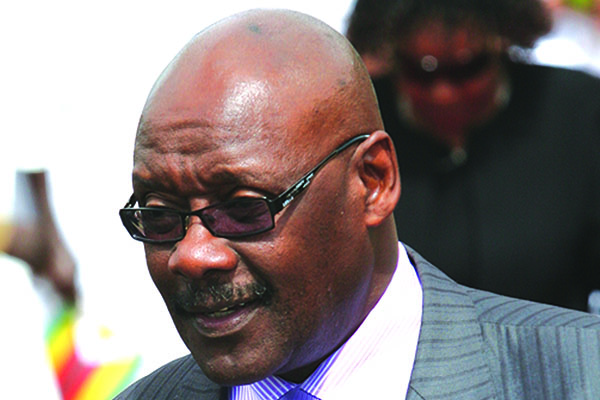
THE Health and Child Care ministry has rolled out a human papilloma virus (HPV) vaccination programme, targetting 800 000 girls aged between nine and 14 years, as the government scales up efforts to curb the spread of cervical cancer.
BY VANESSA GONYE/KUDZAI MUCHENJEKWA
Speaking at the HPV media briefing in Harare yesterday, Health and Child Care minister David Parirenyatwa said they were targeting young girls, as they are at a limited risk of contracting the sexually transmitted virus.
“The incidence of cervical cancer in Zimbabwe is reported to be 35 per 100 000 women, as compared to the global average of 15,1. Annually, there are 2 270 new cases reported with 1 451 associated deaths in Zimbabwe with 99% of cervical cancers associated with HPV infection and about seven in every 10 women will have HPV at some point in their life time hence the need to nip it in the bud,” he said.
He said the vaccinations will be carried out in schools and health facilities across the country.
“The coverage objective for the campaign is at least 95%, mostly through a school-based programme, whereby, health care workers will vaccinate the school girls with support from the school health co-ordinators,” he said.
United Nations Children’s Fund chief of health and nutrition, Nejmuid Bilal said two districts – Beitbridge and Marondera – were selected for the pilot project between 2014 and 2015 and the results were positive.
“Two districts were selected to the pilot project in 2014 and 2015 and 4 598 girls were reached for the first dose and 4 505 were reached for the second dose; the demo project achieved 88,4% coverage,” Bilal said.











